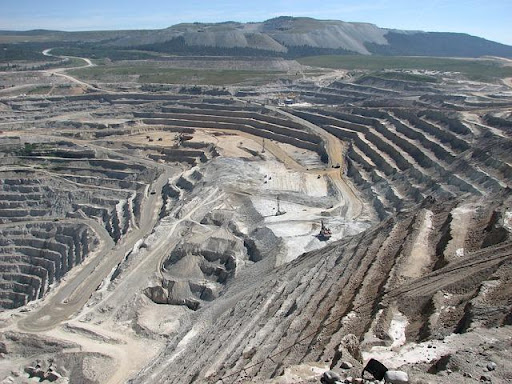Worldwide demand for copper is steadily on the rise, spurred by trillions of dollars being invested in new infrastructure spending projects, and Argentina is vying to become a major player in this sector.
Traditionally, global copper mining has been dominated by Chile, Peru, China, the United States and Australia.
According to a recent article published by Reuters, Argentina has a pipeline of copper mining projects that could yield 793,000 tons of copper by 2030, which would solidly place Argentina within the top 10 global suppliers of copper. These projects are luring major mining corporations, including Glencore and Lundin.
In a country embroiled in economic crisis with inflation raging over 100%, investments in copper and lithium production are viewed as vital mechanisms to turn the economy around.

Image source: Reuters
As old infrastructure is replaced and new projects are in the works there will likelty be multiple uses for copper, including:
- Electrical Wiring: Copper is an ideal material for electrical wiring due to its high electrical conductivity. It is used extensively in power transmission and distribution systems, as well as in residential, commercial, and industrial buildings. Copper wiring ensures efficient electricity flow and helps minimize power loss.
- Plumbing and Pipelines: Copper pipes are commonly used for plumbing systems in buildings. Copper’s corrosion resistance, durability, and antimicrobial properties make it suitable for transporting water and other fluids. Copper pipes are also used for gas distribution and HVAC (Heating, Ventilation, and Air Conditioning) systems.
- Telecommunications: Copper plays a crucial role in telecommunications infrastructure. It is used in the installation of telephone lines, internet cables, and other data transmission systems. Copper wires facilitate reliable and high-speed data transfer over long distances.
- Structural Applications: Copper is used in various structural components in infrastructure projects. It is often employed in roofing materials, gutters, and downspouts due to its weather resistance and aesthetic appeal. Copper alloys are also used in architectural elements, such as doors, windows, and decorative facades.
- Transportation Systems: Copper is utilized in the construction and maintenance of transportation infrastructure. It is used in railway networks for overhead electrification systems, power distribution, and signaling. Copper is also found in traffic lights, street lighting systems, and wiring within vehicles.
- Renewable Energy Systems: Copper is an integral component in renewable energy infrastructure, including solar and wind power systems. It is used in photovoltaic cells, wind turbine generators, and electrical connections. Copper’s high conductivity and durability make it suitable for handling the generated energy efficiently.
- Grounding and Lightning Protection: Copper is employed in grounding systems to ensure electrical safety. It helps divert excess electrical energy and prevents damage to equipment and structures. Copper grounding conductors are also used in lightning protection systems to safely conduct lightning strikes away from buildings.
These are just a few examples of how copper is used in infrastructure projects. Its exceptional electrical and thermal conductivity, corrosion resistance, durability, and antimicrobial properties make it a preferred choice in various construction and engineering applications.
We will provide updates on copper mining and producers in future updates.























